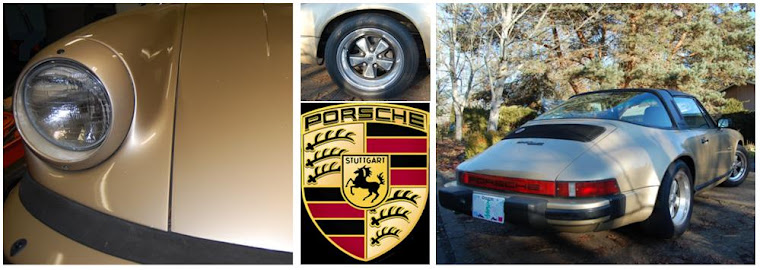Controller
To mount the controller, I made some tabs that are welded to my battery box cross bars. Road vibration is isolated with rubber mounts. I struggled to figure out the best way to mount the controller. The controller was too heavy to easily move around to figure out the geometry. The controller is on a 10 degree angle. So, I made a mock up wood frame, mounted the rubber mounts, and the job of locating the mounting tabs got a lot easier.
Close up detail of the tab and rubber mount. I will grind some material from the tabs to make sure the mount does not cut into the rubber mount when the controller moves around.
The controller is mounted! I wanted a shot without the plywood, but I will have to disassemble my cross bars first because the wood is currently trapped by the controller mount.
Conduit
Because my battery pack is split, I will have two heavy conductors connecting the front and rear packs. I also need to route 12 volts and AC power for the charger to the back of the car. These cables must be protected from damage – road damage and sharp sheet metal edges. Noisey power cables will be routed on the opposite side of the car from the signal cables.
Before 1998, the Porsche 911 was air cooled. The heater worked by drawing air through a heat exchanger on the exhaust of the rear mounted engine. The warmed air was piped to the front of the car via a pair of ducts enclosed in the unibody. Now that the gas engine is gone, the heater ducts are a nice protected space to run electical cable. Using a steel fishtape and lots of cable lubricant, I pulled two runs of nine foot long, ¾ inch conduit through the left and right ducts (with help from my wife). I tried to get two runs of conduit into each duct, but I didn't get far before concluding that it wasn’t going to happen.

I routed a conduit run just inside the passenger side rocker panel, in a channel that was used to circulate hot oil from the oil tank to a coil in the front passenger wheel well. It closely follows the path of the heater duct. This is important because noise can be reduced by keeping the positive and negative power cables as close together as possible. A twisted pair would be an even better configuration, but it just isn't possible in this case.
I had to make one penetration in the front wheel well to get the conduit into the trunk compartment. A ¾ inch knockout punch makes a very clean hole for the conduit fitting.
I used liquid non metallic flexible conduit and liquid tight fittings that should keep my wiring dry and well protected.
In the front of the car, the conduit exits the heater duct. Check out the mess of ducting, valves and multiple blowers that comprise the heating and ventilation system.
The upper conduit runs along the rocker panel and front wheel well. The lower conduit runs in the heater duct.
























